If you’ve been following along with me on social media, you know that at the time of this blog I’m currently in my favorite place on earth. You guessed it, I’m in Ibiza, Spain! This year alone I’ve been on more than 20 planes for work, and I’ve lost count of how many projects have been on the docket. It’s all been incredible, don’t get me wrong. But, it’s also been incredibly tiring and hard on my mind and body. With all that my career, motherhood and life in general require of me, it can be tough to remember to put aside dedicated time for wellness. I’m willing to bet the same could be said for you, too. More and more, my clients are seeking ways to incorporate wellness in their interior design. If you’re wondering how to do that for your spaces, I’ve got the info you need!
Wellness as a Priority
Let’s face it, our lives are busy. Perhaps they’re busier today than ever before. For most, if not all of us, the pandemic turned everything upside down. One day we’re all going to the office, having dinner with our families, and socializing with our friends. The next (or at least it felt like it), we’re locked down at home with no clue when it would all end. Overnight, our homes became our everything! Work, classroom, restaurant, entertainment center…our homes had to transform into all of those things. Adjusting to that alone presented an enormous challenge for all of the world.
Wellness by Definition
During the height of the pandemic, I noticed that people wanted to redesign their homes, but the motivation was different than it had ever been. Suddenly, the inquiries were less about pure aesthetic changes, and instead, they focused on versatility and comfort. That was the first clue that wellness in design had now been moved to the top of most people’s priority lists. Merriam-Webster defines wellness as: the quality or state of being in good health especially as an actively sought goal. Most people think of wellness in terms of physical and mental health. In actuality, wellness is more comprehensive. It requires an approach to a lifestyle that places great importance on nourishing the body in a healthy way, stimulating and engaging the mind, and caring for the spirit.
A Multi-Dimensional Approach
Dr. Debbie L. Stoewen* says there are eight dimensions of wellness, including: “physical, intellectual, emotional, social, spiritual, vocational, financial, and environmental”. So you see, wellness isn’t just one or two aspects of our lives. It is the whole of them. Taking care of ourselves shouldn’t be put on the back-burner. These bodies we’re living in are the ones that allow us to take care of the kids, to climb the corporate ladder, to empower others, and to exist in this world without crumbling every day. We must be deliberate about establishing healthy habits in order to achieve the mind/body/soul results we desire. But, how does interior design factor into wellness? I’m glad you asked.
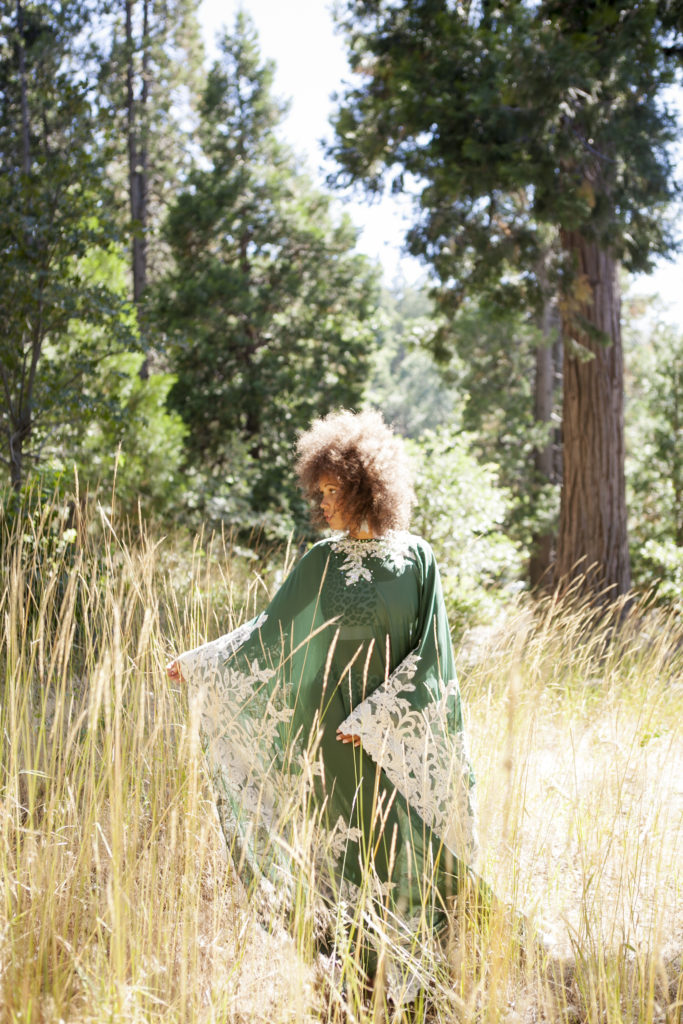
Wellness in Interior Design
Shelter is considered one of the most important of Maslow’s Hierarchy of Needs. Our homes should promote peace and wellness. I use interior design to do exactly that. One of the first considerations when it comes to wellness in design is color. I don’t just love neutrals for the versatility they offer. I appreciate the way they impact the feeling of a room. In color therapy, white is used to soothe and purify. I’ve often told clients that using white and other soft neutral tones in a space allows your mind to unwind and relax at the end of a chaotic day. I suggest painting walls in a crisp, cool white hue. You can also select whites and creams for other large surfaces in your home like countertops, for a cleaner look. The space will feel calming and uncluttered. That’s what we all want when we enter our homes.
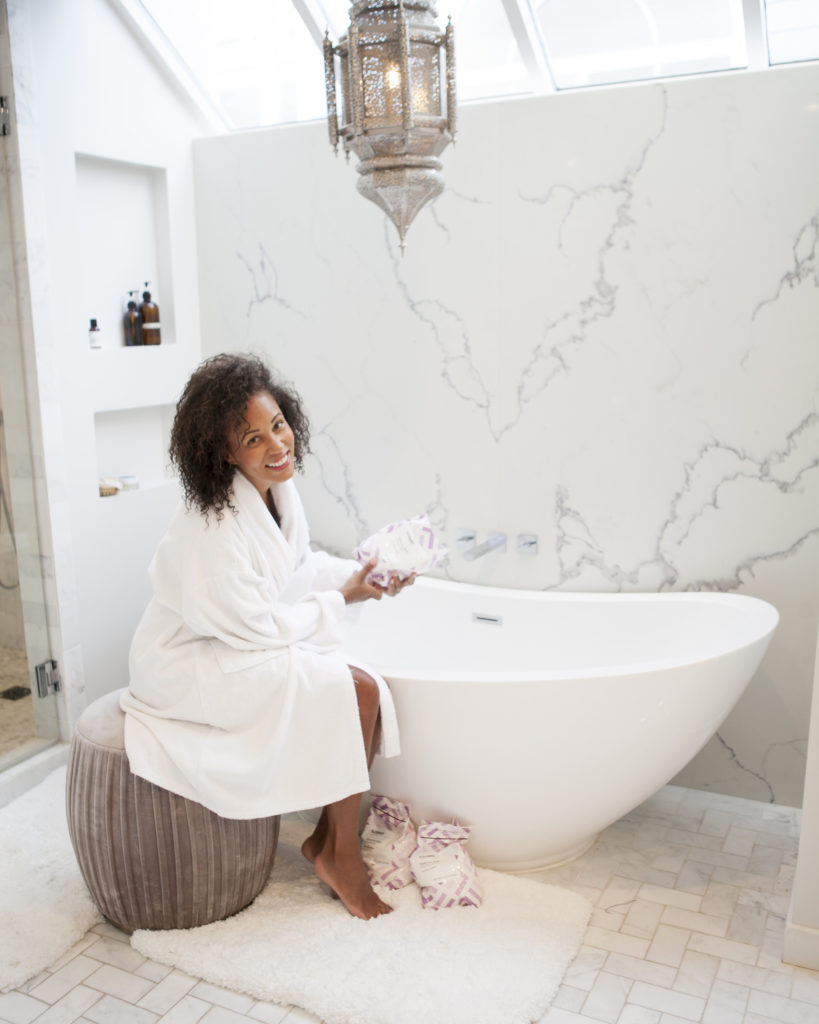
Lighting is a huge part of facilitating wellness in a space. We use lighting to establish mood. Think about the differences in the way your office looks compared to a hospital, then compared to a romantic restaurant. The contrast is huge. That’s because businesses select lighting fixtures and bulbs that create the feeling they want. When I’m designing a space I like to take advantage of the existing ambient light. Using windows to maximize sunshine is always a great thing, but when that isn’t readily available, I rely on alternate methods. I used circadian rhythm lighting when I designed UNICA. In the photo below it looks like the bathroom is pink, but it’s actually the lighting! Circadian lighting can be used to work with the body’s natural rhythms in order to ensure we get the right amount of light for our internal systems to function best.
Engaging the Senses
Have you ever wondered what makes visiting a spa so…pleasurable? You might be audibly screaming, “the massage!” right now. But, there are likely a variety of factors at play. Did you know that smell is the most developed sense a fetus has in the womb? It’s no wonder that scent is so closely tied to our memories. When we recall our best memories, and sometimes even our worst, we often speak about how something smelled. The perfume someone was wearing, the scent of the tires on the road after an accident, or the charred scent that lingered in the air after a fire, for example. Our brains process smells in special ways. So while that massage feels euphoric, you’re likely also responding to the scent of the body oils and the incense wafting through the room.

Our experiences in various places are also impacted by textures. Have you ever walked into a store and spotted a pillow that you just had to go touch? Our senses drive us towards certain things and away from others. In interior design, we can use this knowledge to aid in creating wellness in our homes. Use decorative diffusers throughout your home with fragrances that smell delightful. Select furnishings that are lush and inviting. Velvet has the advantage of both appearing rich and sumptuous as well as feeling that way to the touch. I encourage clients to use pieces in their homes that will elicit those types of positive reactions within themselves.
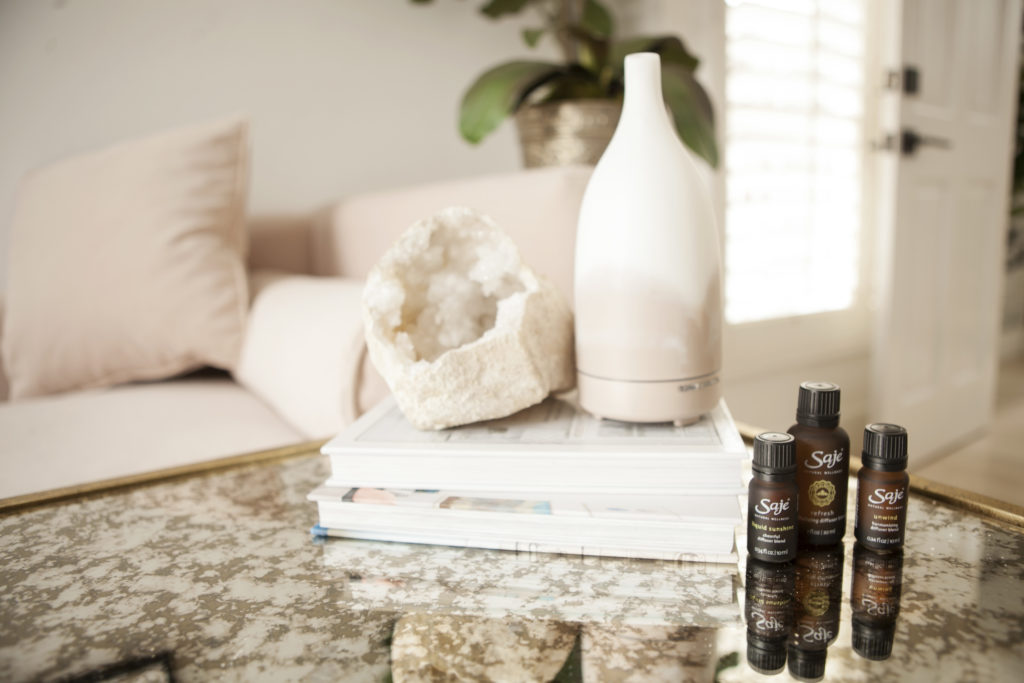
Wellness isn’t just the latest buzzword. It’s a right we’re all entitled to. We spend so much of our lives and important moments right inside our own homes. They should be places of rest and rejuvenation. If yours isn’t, consider making a few of these modifications. Don’t know where to begin? Schedule an hour with me here, and let’s chat! I’m ready to help.
*Stoewen DL. Dimensions of wellness: Change your habits, change your life. Can Vet J. 2017 Aug;58(8):861-862. PMID: 28761196; PMCID: PMC5508938.

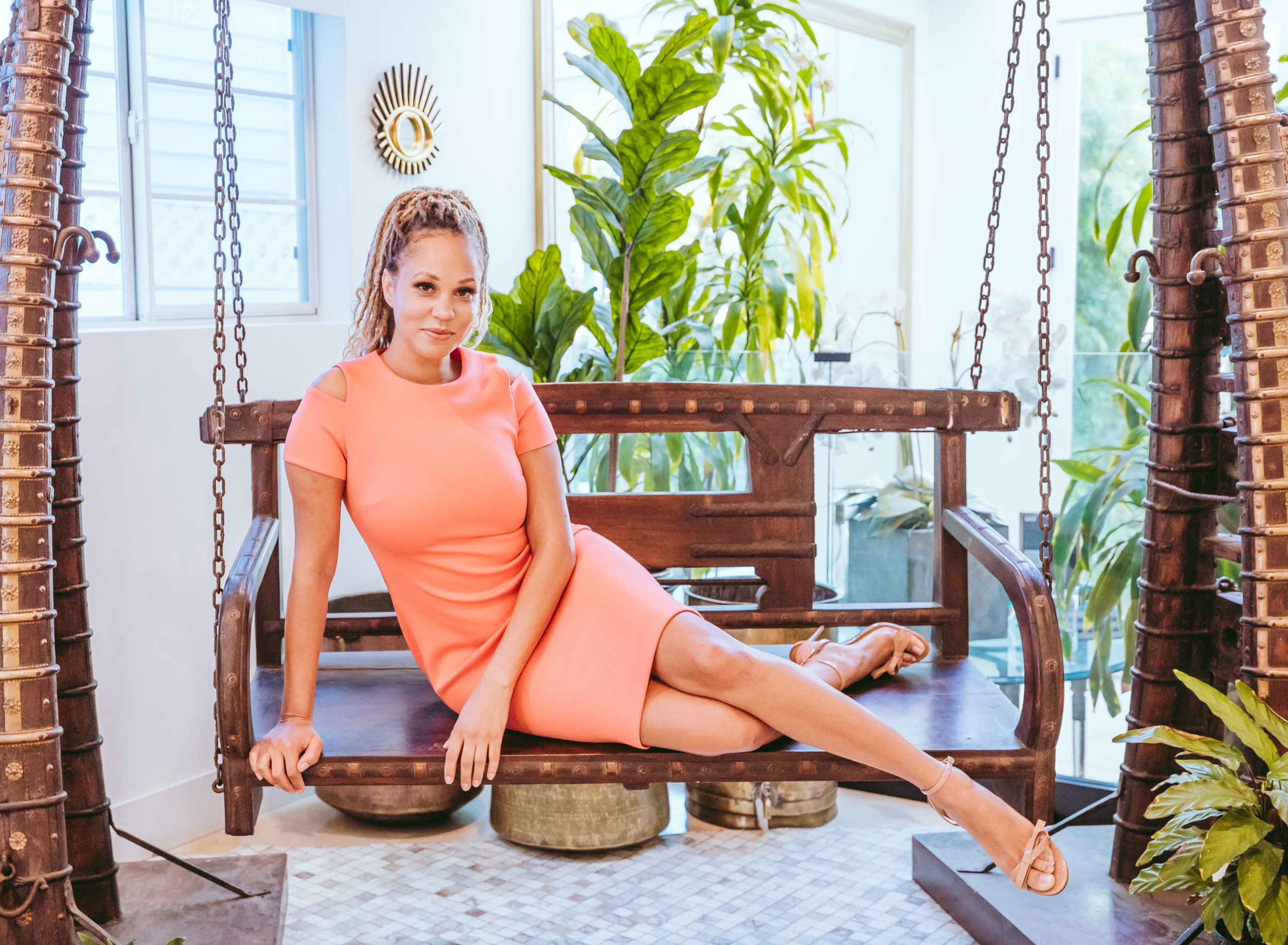

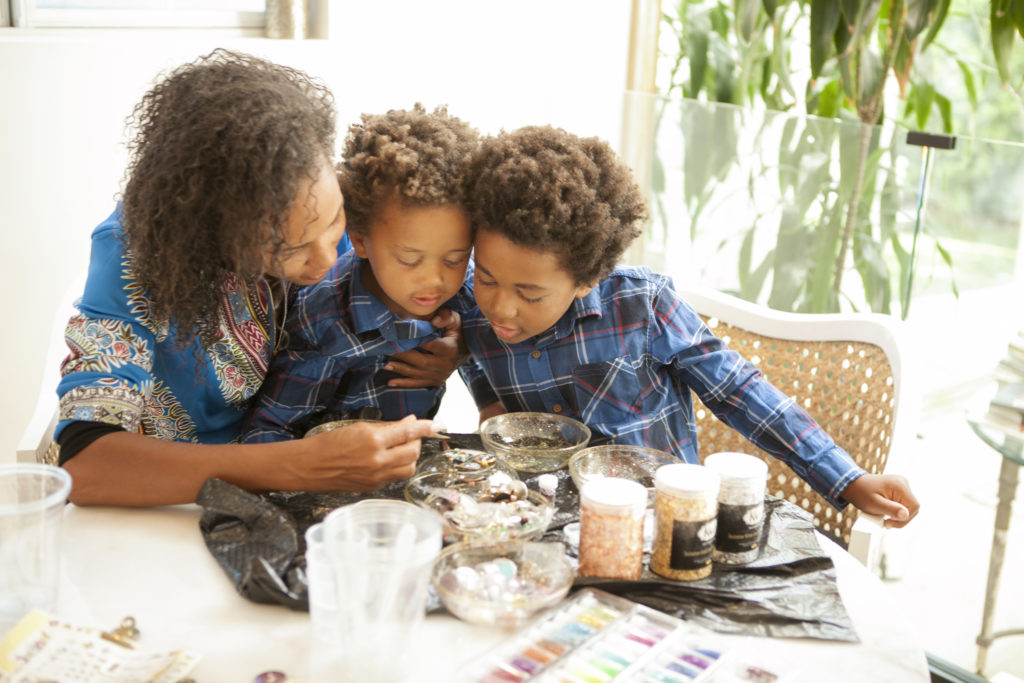
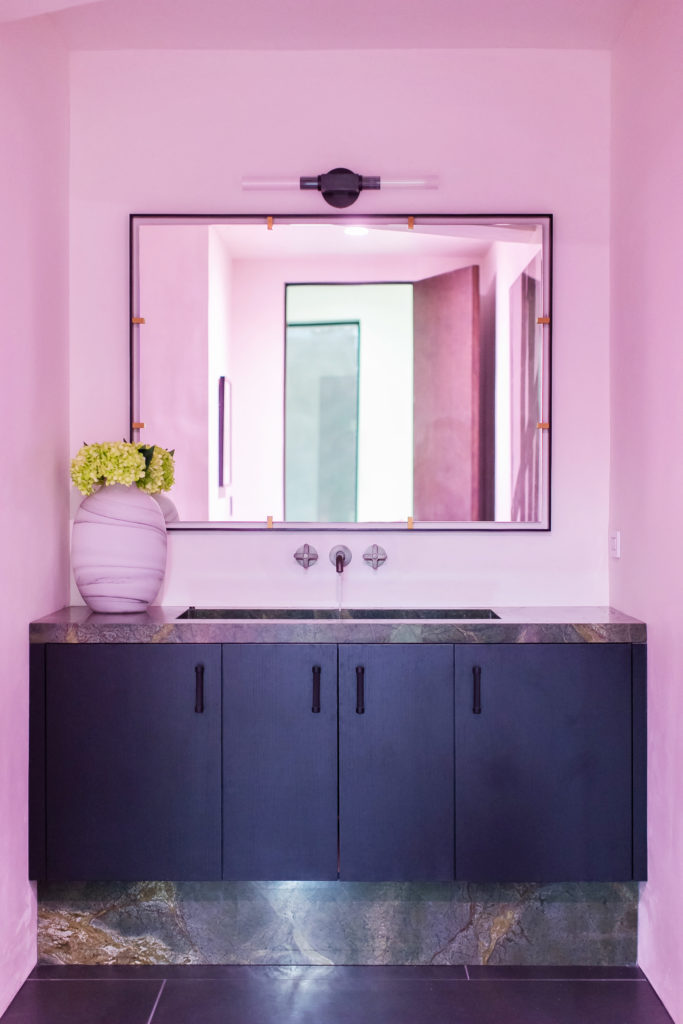



replies (0)